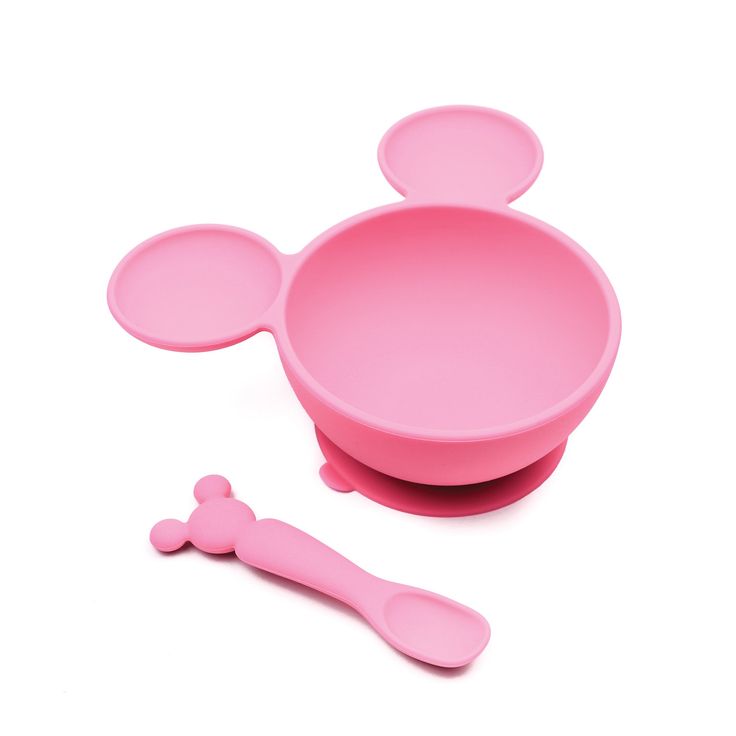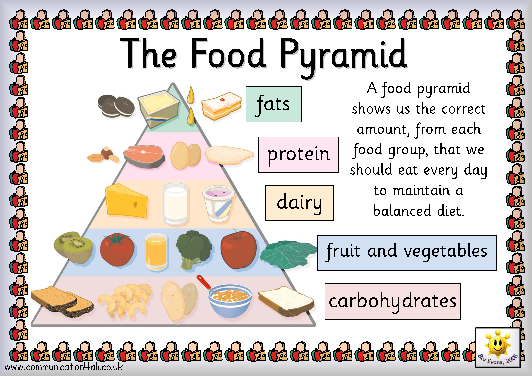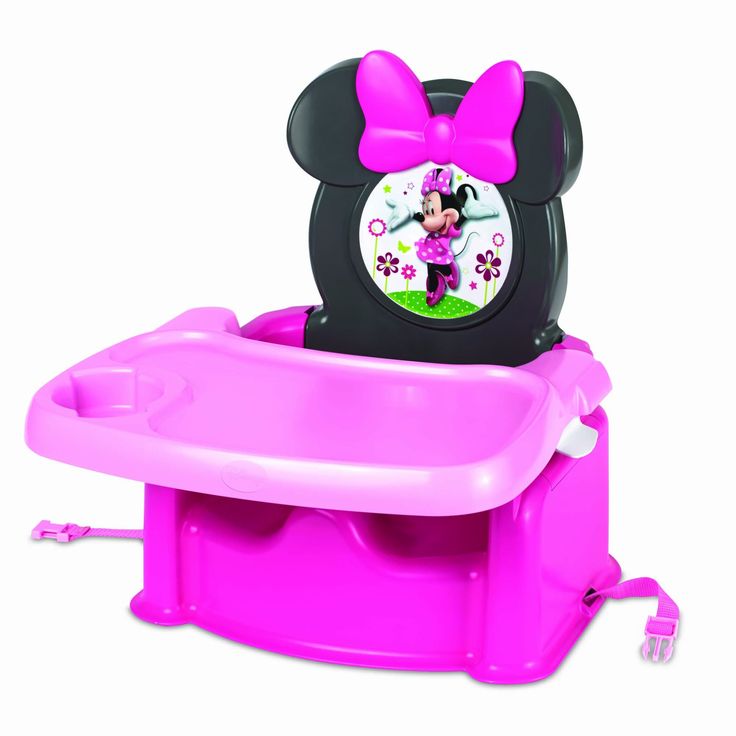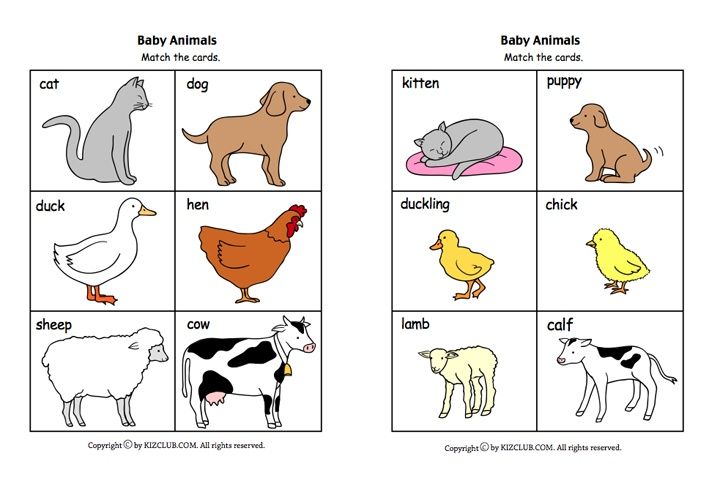Mouse feeding babies
Orphaned Mouse Care | Chip Chloe Squirrel
What should I do if I find an orphaned baby mouse?
Determine if the mouse/mice are indeed orphaned. If you have accidentally destroyed a nest with babies in it, build a makeshift nest using any of the nest remains in a small shallow container, and place it near the original nest site and leave it undisturbed for an hour or two to see if the mother returns to retrieve and relocate her babies. If any of the babies have already died, if they are lethargic or cold to the touch, or if you find one baby wandering alone, chances are that they have been orphaned.
Always wash your hands thoroughly after handling mice.
The risk of contracting disease is rare but increases if you live in the southwestern United States.
When you find an abandoned mouse, there are a few essential steps that should be immediately taken.
(Please note - these instructions are also applicable for other small rodents like orphaned voles and rats)
The first priority is to get the baby warmed up before attempting to feed it anything. Baby mice with their eyes closed (and even for a week after eyes open) are unable to maintain their own body temperature without a supplemental heat source. Make a small nest using t-shirt material, flannel or fleece and place it in a secure container with ventilation (a reuseable Tupperware with vented lid works well) and place it on a heating pad set on low. Make sure it doesn’t have an ‘auto shutoff’. If you don’t have a heating pad, you can fill an old sock with rice, corn or another grain and microwave it for 30 seconds to use as a heat source (use good judgement to make sure it’s not too hot – you’re trying to mimic the mother mouse’s body temperature). This will need to be rewarmed every couple of hours to maintain the warmth.
While the mouse is warming up, use ahnow.org to locate wildlife rehabilitators in your area who may be able to assist in raising the mouse. Leave messages with as many as possible because you may not get a return call for several hours or days. Orphaned mice are VERY difficult to raise and require feedings every 2-3 hours around the clock for several weeks. Rehabilitators are already equipped with the proper tools, formula and knowledge to properly rehabilitate orphaned wildlife but they are very busy and usually overloaded with animals to care for, so be prepared to transport your mouse to them.
Orphaned mice are VERY difficult to raise and require feedings every 2-3 hours around the clock for several weeks. Rehabilitators are already equipped with the proper tools, formula and knowledge to properly rehabilitate orphaned wildlife but they are very busy and usually overloaded with animals to care for, so be prepared to transport your mouse to them.
After warming, the mouse needs to be hydrated within a few hours of being found. Plain Pedialyte is the best option, but you can also make your own makeshift hydration solution by dissolving 1 tablespoon of sugar and 1 teaspoon of salt in 1 cup of warm water. The best tools for feeding mice are small syringes with pointed rubber nipples (example here), but you probably won’t have those on hand, so you can try dipping the tip of a tiny paintbrush in the fluid and allowing the mouse to lick it off. Get as much fluid into the mouse as you can (0.2-0.5 mL), every 2 hours for the first 4-6 hours.
Mice with their eyes closed need to be stimulated to urinate and defecate after each feeding/hydration session. Gently rub the genital area with a q-tip or tissue in a motion that mimics the mother mouse licking the area. Moistening the q-tip in warm water may help. Do this for about 10 seconds, and if no results, try again after feeding some more. You may not see any poop for the first few times, but you should hopefully see a few drops of urine unless they’re very dehydrated.
Gently rub the genital area with a q-tip or tissue in a motion that mimics the mother mouse licking the area. Moistening the q-tip in warm water may help. Do this for about 10 seconds, and if no results, try again after feeding some more. You may not see any poop for the first few times, but you should hopefully see a few drops of urine unless they’re very dehydrated.
If you are unable to locate a wildlife rehabilitator after multiple attempts:
Baby mice can’t go too long without being fed, so if you’re not able to locate a rehabber within about 6-8 hours of finding the babies, you will eventually need to transition them from the hydration solution to a suitable formula. After 2 feedings of the hydration formula, you can start to feed watered-down formula, gradually making the formula to water ratio stronger over the next 3-4 feedings (for example, start with 5 parts water to 1 part formula powder, then 4:1, then 3:1 and finally 2 parts water to 1 part formula powder). For babies under 1 week old, I like to keep the ratio at around 3:1 or 2. 5 parts water to 1 part formula so it's easier on their digestive systems. Acceptable formulas are: Goat’s Milk Esbilac Puppy Milk Replacer, Fox Valley brand formulas (20/50 squirrel formula; Puppy Formula), or if none of those are available, you can make homemade formula (3 tbsp goat’s milk, 3 tbsp plain yogurt, 2 tbsp heavy cream, 1/2 egg yolk. If you can't find goat’s milk, double the yogurt.)
5 parts water to 1 part formula so it's easier on their digestive systems. Acceptable formulas are: Goat’s Milk Esbilac Puppy Milk Replacer, Fox Valley brand formulas (20/50 squirrel formula; Puppy Formula), or if none of those are available, you can make homemade formula (3 tbsp goat’s milk, 3 tbsp plain yogurt, 2 tbsp heavy cream, 1/2 egg yolk. If you can't find goat’s milk, double the yogurt.)
Powdered formulas are preferred because you can mix a fresh batch each day for the needed amount, in comparison with liquid formulas which must be used within three days. Please contact me for advice if you are having trouble locating suitable options. DO NOT FOLLOW OTHER ONLINE RECIPES FOR MIXING YOUR OWN FORMULAS WITHOUT GUIDANCE FROM A LICENSED REHABILITATOR – these can result in severe malnutrition and issues like bloat that can lead to death.
Baby mice need to be fed as often as once every two hours depending how old they are. (This chart can help to estimate age.) This means that you must be prepared for some sleepless nights. A good goal is to feed every 3 hours around the clock, and for the mouse to ingest between 0.3mL – 0.5mL per feeding (up until eyes open) and up to 1mL for eyes-open babies until they gradually wean at 3 weeks of age.
A good goal is to feed every 3 hours around the clock, and for the mouse to ingest between 0.3mL – 0.5mL per feeding (up until eyes open) and up to 1mL for eyes-open babies until they gradually wean at 3 weeks of age.
You can use the same method of dipping a tiny paintbrush into the formula and allowing the mouse to suck it off. However – this is a very difficult method of feeding small mice and usually results in the mouse not getting enough food at each feeding. Please try to order the proper syringes and small pointed nursing nipples for the best results.
After warming formula, gently hold the mouse between your fingers, with your index finger near the head, ready to prevent it from lunging forward and falling. Carefully and consistently apply pressure to the syringe plunger to administer 1 drop at a time and ensure that the baby is suckling and swallowing the formula.
TIP: Mice like their formula WARM and it cools very quickly in such a small syringe so it’s recommended to fill 2 syringes and have one sitting in a cup of hot water so you can swap back and forth regularly while the other one keeps warm.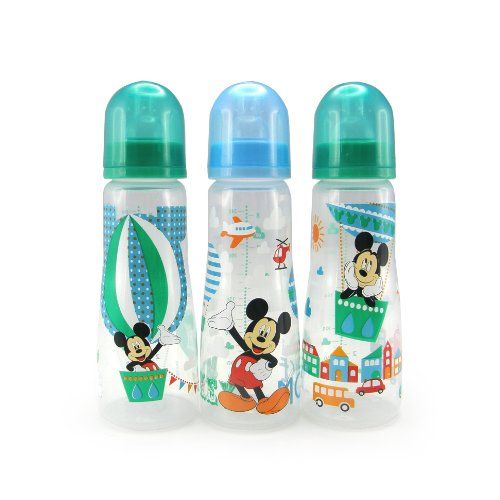
Be careful not to allow any formula to enter their lungs. You can check this by observing that no milk is bubbling from their nose. If milk enters their lungs, aspiration pneumonia may occur. The best way to avoid this is to keep the mouse upright when feeding it, never allowing it to rest on its back. If you do see a bubble form, flip the baby to a head-down position to prevent any more liquid from entering its lungs and wipe the nose with a tissue to absorb any liquid.
Overfeeding is also dangerous and can lead to bloat. Check to ensure that they are well fed by the emergence of a white patch in the middle of their belly, a milk belly. This should recede before the next feeding. If you are seeing a full milk belly when the time comes for the next feeding, wait an extra half hour, and water down the formula to a 50:50 water to formula ratio for one feeding. If your mouse experiences diarrhea, it is also likely a result of being overfed. If this happens, or if your mouse is looking bloated, it’s ok to substitute Pedialyte/electrolyte solution for one or two feedings until the condition resolves.
Make sure to gently massage your baby’s abdomen and rectal area after each feeding to assist food in moving through the digestive tract and to help the baby eliminate waste. It’s almost impossible to reverse the effects of bloat once too much formula has backed up in the digestive tract, and this can lead to a painful death.
Baby mice begin to open their eyes at around 10-12 days of age. They may need a larger enclosure at this point (acrylic kritter keepers work well), but still keep using the heating pad on low under the nest portion of their tank. At this point, you can begin to add some dry oats into their nest and they will start to nibble on these within 1-2 days. Once they start nibbling solids, they will no longer require a nightly feeding – they can last from midnight to 6am without formula.
You can start to introduce other soft solids like spinach and other greens, fruit and crushed nuts. At three weeks of age, the babies will also no longer require the syringe for feedings and may begin to feed from a dish (jar lids work well as shallow dishes). Gradually make the switch from the syringe to a dish by leaving a dish of formula available between meals and spacing out feeding times to every 4-5 hours.
Gradually make the switch from the syringe to a dish by leaving a dish of formula available between meals and spacing out feeding times to every 4-5 hours.
You can begin integrating foods such as baby food, fresh fruits and veggies, seeds and commercial mouse foods. Make sure to add a shallow dish of fresh water.
Mice are often very messy eaters, so after they finish their meals, it will be necessary to clean them up and replace soiled cage bedding often. Plain paper towels make for easy clean up when used to line the cage. Alternatively you can use an unscented shredded paper bedding made for rodents.
By this point, your babies will be getting more active so you can move them to a larger tank – a large acrylic kritter keeper or 10 gallon tank with a tight fitting screen lid are best. A wheel for exercise and some places to hide and things to chew on are also good for enrichment.
Mice can be released at about 4 weeks of age – about 1 week after weaning. However, it’s often better to keep them for an extra week if possible to allow them to put on some more weight. To begin acclimating for release, ensure that the weather is consistently above 50 degrees Fahrenheit and that there are at least 3-4 days with no rain forecasted*. A suitable release location should be an area with plenty of underbrush for shelter and nearby food and water sources.
However, it’s often better to keep them for an extra week if possible to allow them to put on some more weight. To begin acclimating for release, ensure that the weather is consistently above 50 degrees Fahrenheit and that there are at least 3-4 days with no rain forecasted*. A suitable release location should be an area with plenty of underbrush for shelter and nearby food and water sources.
It’s good to move their cage outdoors in a protected area at least a full day before release so they can adjust to the outdoor smells and sounds. Secure the lid so no predators can intrude overnight. Mice should be released at dusk since this is when they are most active. Gently tilt the tank on its side and gradually open the screen cover. Continue to place food and water at the release location for at least a week, if not longer, while they establish a nesting site nearby.
*If the mice are old enough for release but it’s too cold outside or if heading into the winter months, you may need to overwinter the mice until spring. Please visit the Adult Mouse Care page for further instructions.
Please visit the Adult Mouse Care page for further instructions.
How to Take Care of Baby Mice
By Lee Parker | Updated September 26, 2017Caring for orphaned baby mice is not easy; many infant mice don't make it through the first week due to heat loss, lack of nutrition or sickness. If the baby mouse is a pinkie; that is, without any fur, raising him to adulthood is difficult, but not impossible. With feedings every one to two hours and plenty of warmth, he has a decent chance of survival.
Supplies to Have on Hand
Being prepared is the first step in the successful raising of an orphaned baby mouse. Items to have on hand include Pedialyte, a small syringe, a heating pad or hot water bottle and soft nesting material such as old T-shirts, blankets and small stuffed animals. Puppy milk replacement, found at most pet food stores, is also important, as this is the closest option to mouse milk available.
Where to Start
Inspect the baby mouse first for any wounds or signs of illness such as blood around the nose, or labored breathing. You also will need to stimulate the baby mouse to go to the bathroom; he cannot do this on his own. Mimic the mother's natural way of licking his genitals by using a damp cotton swap, or the tip of your finger. You will need to do this after every feeding until the baby mouse is able to void on his own.
You also will need to stimulate the baby mouse to go to the bathroom; he cannot do this on his own. Mimic the mother's natural way of licking his genitals by using a damp cotton swap, or the tip of your finger. You will need to do this after every feeding until the baby mouse is able to void on his own.
Full Bellies Are Important
Feed the baby mouse by filling a small 1 cubic centimeter syringe with puppy milk replacement and slowly administering it into his mouth. Be careful not to press too hard on the syringe or the mouse will aspirate; you will see milk come from his nose. Position the baby mouse upright and belly down for his feedings. For the first three feedings, dilute the puppy milk replacement with a little water and watch for diarrhea. If the stools are mustard yellow, everything is normal.
Warm Nests Make Happy Babies
When using a heating pad for your baby mouse, never place the mouse directly on the pad and always keep the pad setting on low. A too-warm pad can dehydrate a baby mouse quickly. If he has other orphaned siblings, keep all the baby mice together and ensure one does not wander off on his own. Fill the mouse's enclosure with plenty of bedding, both under and above the baby mouse. Do not cover the mouse in an airtight container, but do keep him under wraps to trap heat.
A too-warm pad can dehydrate a baby mouse quickly. If he has other orphaned siblings, keep all the baby mice together and ensure one does not wander off on his own. Fill the mouse's enclosure with plenty of bedding, both under and above the baby mouse. Do not cover the mouse in an airtight container, but do keep him under wraps to trap heat.
Tips and Tricks
Warm the formula for the baby mouse by placing it in warm tap water for a few minutes. The baby mouse will indicate when it is full, but a helpful trick for expected formula amounts is to weigh him first. The mouse's weight in grams, divided in half, equals the amount of cc's he should be eating. If the mouse refuses to drink, try using Pedialyte before attempting formula again.
References
- The Fun Mouse: Orphaned Mice
- Rat and Mouse Club of America: Orphaned Rats and Mice
- Rat Fan Club: Raising Orphaned Rats and Mice
- Fancy Mice: Baby Care
- The Complete Care of Baby Animals: Expert Advice on Raising Orphaned, Adopted or Newly Bought Kittens, Puppies, Foals, Lambs, Chicks and More; C.
 E. Spaulding, Jackie Clay
E. Spaulding, Jackie Clay
Photo Credits
Why a bat feeds its babies for a long time
During feeding, the food brought by the mother helps the offspring to recognize prey signals and deal with large insects.
When bats feed their young, they receive their first lessons in determining:
- what prey is tasty;
- how to recognize it with echolocation;
- how to get large and quite capable of defense insects.
This was reported in the journal Animal Behavior by a group of scientists from Germany.
Lesser Great-eared Leaf-nosed Photo: © Geipel
For their study, Inga Geipel and Mirjam Knörnschild from the University of Ulm observed pairs of a mother and calf of the Lesser Great-eared Leaf-nosed (Micronycteris microtis). On the island of Barro Colorado in Panama, they filmed five pairs of bats at night with an infrared camera for several months. These animals live in groups of three to ten individuals. Females usually bring offspring in May, once a year, and then feed the babies with milk for several weeks. However, it was necessary to find out the following information about bats:
Females usually bring offspring in May, once a year, and then feed the babies with milk for several weeks. However, it was necessary to find out the following information about bats:
- when the pups start eating solid food;
- whether they catch it themselves.
"The videos show that mothers provide their children for about five more months after they stop feeding milk with whole insects. Some of them bring more than half of their prey to their babies," says Inga Gaipel. As the age of the animals increases, the amount of prey decreases. However, the mother feeds them, even if they are already able to fly and can hunt. Why? This was another bat riddle.
Echolocation training
Why do mothers spend so much effort? Biologists, observing the life of bats, suggested that when they transfer food, they teach the young to perceive the acoustic echo. The hunting strategy of this species of nocturnal mammals is very complex: bats seek prey in the dense vegetation of tropical forests and must filter out a lot of extraneous interference. Moreover, their main food often sits motionless on the leaves, making it difficult to determine its location.
Moreover, their main food often sits motionless on the leaves, making it difficult to determine its location.
In order to hunt successfully, young animals must be able to recognize the pattern of the characteristic acoustic echo of their prey. But no one has seen the cubs accompany their mothers on hunts and learn to echolocate their prey. As it turned out, young animals go through this phase of learning during the feeding period.
Mother passes food to her cub Photo: © Geipel
Eating behavior
Another reason for transferring prey may be quite practical: it is difficult for inexperienced adolescents to deal with fairly large insects. What do bats eat? In the menu of adults, which weigh 5-7 grams, there are dragonflies, grasshoppers or moths. Perhaps the mothers are training the cubs to handle this large prey.
Summing up, Inga Geipel and Miriam Knornschild conclude:
- It is very important that young animals learn to hunt large insects - this is what they can practice on prey transferred by their mother.

- Teenagers scan it during transmission using echolocation and get the first impression that the ultrasonic reflection signal pattern from this insect creates.
Thus, prolonged feeding of the small bat-eared bollard is probably a double advantage for young animals, writes scinexx.de
Copying articles is prohibited! © 2011-2023 All smart girls
Mice are just like people, only small - researchers came to such conclusions
Science
close
100%
Mice behave almost like humans. Scientists have found that mice and human babies react the same way to their parents. Especially when they carry them or rock them to calm them down.
The habits of mammals are very similar, and the interaction between mother and infant is one of the most important behavioral mechanisms. Any newborn, whether human or animal, needs maternal care and attention. They react the same way to attempts to separate them from their mothers. Still
They react the same way to attempts to separate them from their mothers. Still
The physiological mechanisms governing infant behavior are still largely unexplored.
Biologists have heard a mouse cough
Biologists have debunked the philistine idea of mice as silent animals. To prove that these...
April 04 17:55
Recently, the scientific world began to draw analogies between human behavior and the habits of animals. Succumbing to the trend, a group of Japanese scientists, together with a colleague from Italy
investigated how mother mice treat their babies during infancy.
This happened under rather unusual circumstances, and an article on this issue was published on April 18 in the well-known journal Current Biology .
Japanese scientists spent several months studying what happens to babies who are picked up by their mothers. Based on their observations and the data obtained during the study, they even prepared an article, but shortly before publication, they encountered an interesting fact. Here is how one of the project leaders, Dr. Kumi Kuroda from the RIKEN Brain Institute, describes what happened:
Here is how one of the project leaders, Dr. Kumi Kuroda from the RIKEN Brain Institute, describes what happened:
“Once I was cleaning the cage in which our laboratory mice lived, and I took one of the mice with two fingers, just like the mother grabbed it when carrying it. This had a calming effect - he immediately relaxed and flexed his paws. I tried to take it differently - the result was the opposite: the mouse began to twist its paws and tail.
Child-loving "cuckolds"
Males of most species take care of their offspring and do not abandon them, even if they were deceived by the female and did not ...
April 10 14:16
We decided not to put an end to our work, but to try to compare individual aspects of the behavior of human babies and mice.
Work has stalled for a long time as scientists waited for tiny heart and neuro sensors to fit the size of mice. When the instruments finally arrived at the lab, Japanese researchers already had data on how a crying human baby reacts when a mother picks it up. Later it turned out that
Later it turned out that
both babies - a mouse and a baby - react approximately the same way:
they calm down, and the heartbeat and other indicators return to normal within a short time.
Careful study of this phenomenon helped to come to more accurate conclusions. It turned out that such a reaction, which, by the way, is characteristic of all mammals, is the result of the well-coordinated work of the central nervous, cardiovascular and motor systems. A separate part of the brain, common to all mammals, is responsible for it, and such a mechanism is necessary not only for the survival of the infant, but also for proper psychosocial development. Of course, this reaction is a product developed in the course of evolution.
According to the scientists, the results of their research will be useful not only to fellow biologists who are interested in the patterns of functioning of the sensorimotor functions of mammals, but also to young parents who believe that it is not necessary to calm a crying child. Perhaps now they will be able to look at the sometimes annoying situation from the position of an infant, and it will be easier for them to understand his needs.
Perhaps now they will be able to look at the sometimes annoying situation from the position of an infant, and it will be easier for them to understand his needs.
Subscribe to Gazeta.Ru in News, Zen and Telegram.
To report a bug, highlight text and press Ctrl+Enter
News
Zen
Telegram
Picture of the day
Military operation in Ukraine. Day 403
Online broadcast of the military operation in Ukraine — Day 403
"His fate will be determined by the court." The Russian Foreign Ministry responded to the demand of the State Department to release Gershkovich
Lavrov discussed with Blinken the detention of American journalist WSJ Gershkovich in Russia
"The stakes are very high": the West spoke about the consequences of the failure of the offensive of the Armed Forces of Ukraine
AP: if Kyiv does not make progress on the battlefield with Western weapons, it will lose the support of partners
Novak: Russia to extend voluntary cut in oil production by 500,000 b/d until the end of 2023
Putin: The Union State has become a locomotive in the Eurasian space
The Ukrainian energy holding DTEK reported damage and shutdown of one of the TPPs
Republican Gosar called on the US Congress not to approve new aid supplies to Ukraine
News and materials
Masalitin on the possible departure of Gogniev from Khimki: what's the point?!
MMA fighter Divnich opposed the construction of a mosque on the site of the Holy Orthodox Lake in Moscow
Flooding was recorded in Lukhovitsy, Kolomna, Dmitrov and Mozhaisk near Moscow
Zakharova commented on plans to ban TikTok in the US
Trump announces speech after indictment April 4
In St. Petersburg, two foreigners were detained who threatened passers-by with a knife while protecting a stall
Petersburg, two foreigners were detained who threatened passers-by with a knife while protecting a stall
Governor of the Belgorod region Gladkov said that the Armed Forces of Ukraine shelled the village of Novopetrovka
Masalitin about Khimki: disgrace in the club led to such a result
CSKA confidently beat Fakel away in the RPL match
Lavrov urged the United States to respect the decisions of the Russian authorities
Investigative Committee of Russia: fragments of a shell were seized from the place of shelling of a house in Melitopol for examination
UOC: about 50 people are trying to storm the UOC Cathedral in Khmelnitsky
Moscow may ban walking dogs in Sokolniki park due to feces accumulated there
Lavrov told Blinken about the inadmissibility of the United States whipping up "hype" in the case of Gershkovich
Baghdad hopes for the resumption of oil exports from Iraqi Kurdistan
Three more Gulf countries will reduce oil production by the end of 2023
Olympic champion Tikhonov called traitors those who would sign a document condemning SVO
Sinologist Vavilov: Putin and Xi Jinping created new conditions for economic relations between Russia and China
All news
"Records from Ward #6".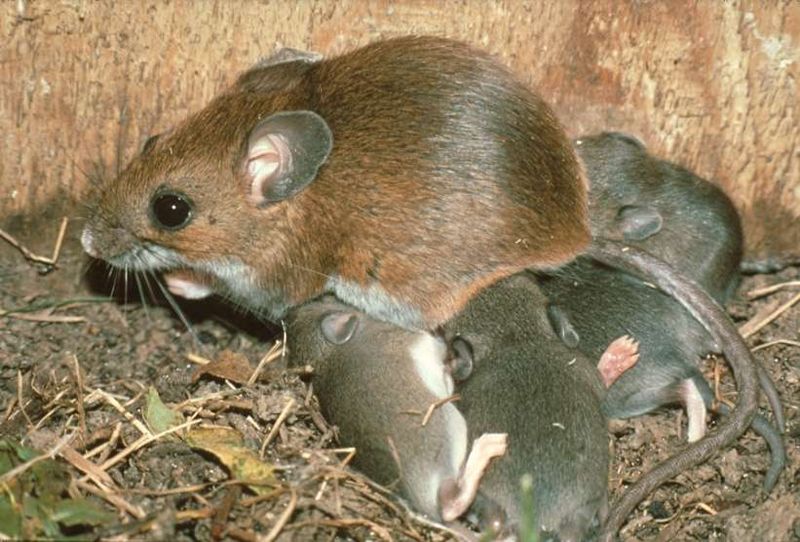 Kiev's plan to rename Sevastopol was appraised in Crimea 16:27
Kiev's plan to rename Sevastopol was appraised in Crimea 16:27
"Put the weapon away!" What is known about the attack of two men on teenagers in the shopping center of St. Petersburg
Schoolboy beaten by drunken men in St. Petersburg shopping center told the details of the fight
Tetris: British-American film with Nikita Efremov about the creation of a cult game
Review of the film Tetris with Nikita Efremov from the author of The Mud
Frozen Earth, Citadel, Fatal Attraction, Gnawing and 13 more April TV series
Which TV shows to watch in April 2023: Gazeta.Ru's choice0003
"Bone across the throat." US, EU and Ukraine outraged by Russia's chairmanship of the UN Security Council
EU diplomat chief Borrell: Russia's chairmanship of the UN Security Council is suitable for April Fool's Day
What conclusions should Russia draw from NATO operations
Expert Khodarenok told what lessons Russia should learn from operations in Iraq and Yugoslavia
Apollo's Roof Collapses: US Tornado Consequences
Husband thinks that my orgasm is not his concern
Accountant from Voronezh - about problems in his second marriage
Quiz: Guess the Russian TV Series Based on the Meme from It
Mysterious autism.